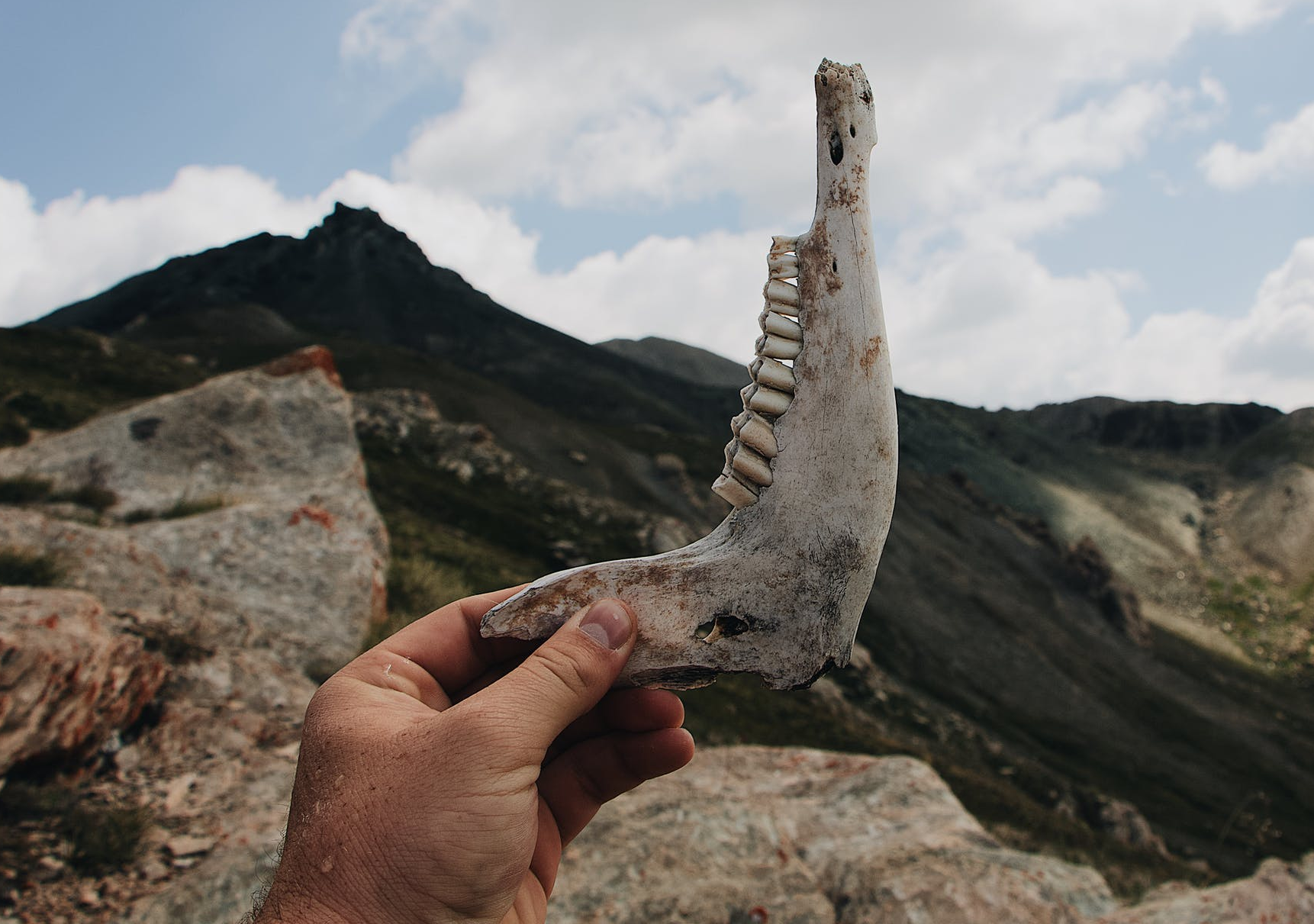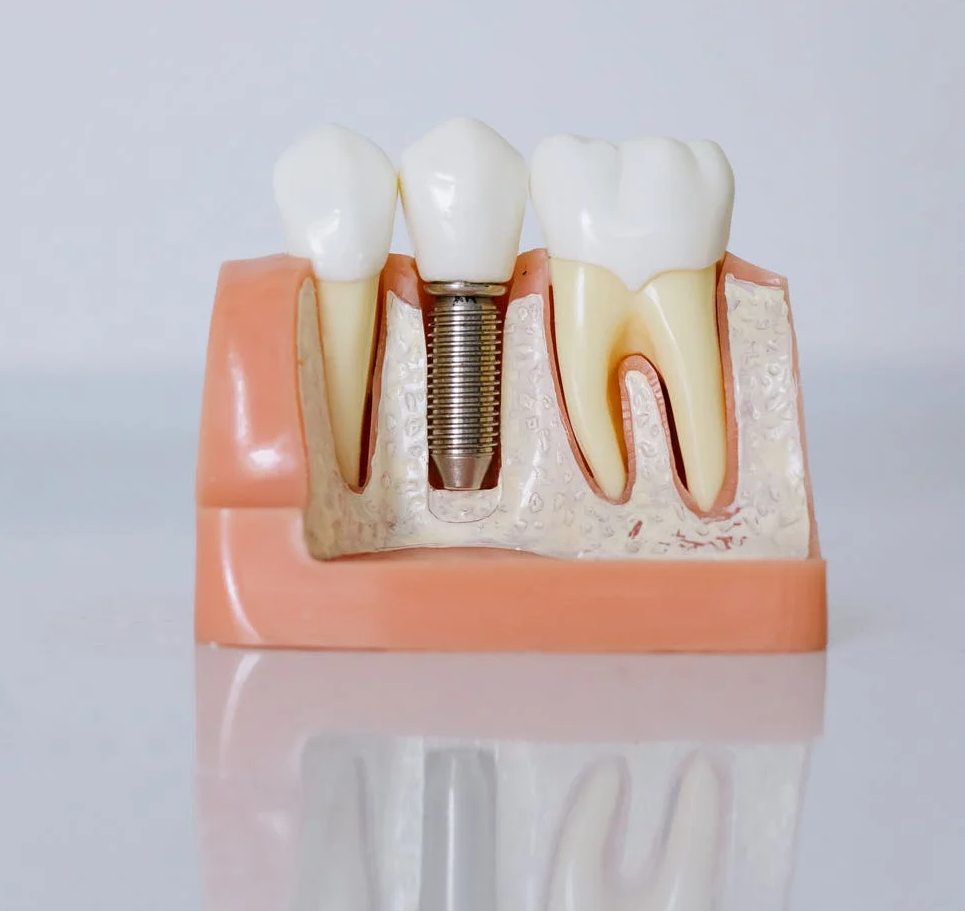
Dentistry itself is surprisingly an ancient practice. The first archeological evidence found of dental practices dates as far back as 7,000 B.C. where a jawbone in Pakistan was found with drill holes in the teeth. The teeth had been drilled with small flint tools so that decayed material could be removed, thereby preventing the whole tooth from rotting from the inside as well as alleviating pressure from an abscessed tooth. The first known dentist in history was an Egyptian named Hesy-Re who was sealed inside his tomb in 2600 B.C. Inscribed in hieroglyphs on the inside were depictions of him in action, suggesting he practiced medicine but specialized in teeth.
Egypt’s Dental Legacy
The first evidence of Dental implants in Egypt also comes just six hundred years after the death of Hesy-Re, where ivory and jade were used in place of missing teeth. Could his legacy as the first dentist inspired this? Then a thousand years later during the late Bronze Age copper bolts were used. Somehow this doesn’t seem like much of a step forward, since ivory itself is closest the substance our teeth are made from. But would you be excited to know that the first known dental implants from around the world date back even farther?
Twice as Old as the Bronze Age
In fact, prosthetic teeth is an old a concept as dentistry itself. Evidence shows that during 7,000 B.C. in Algeria, flange bones from mammals were carved and fitted into their proper spot where they would fuse with the jawbone of the wearer. The next example in the chronology of prosthetic teeth comes from far into the future. Only 5,000 years later in ancient China, pegs made from bamboo to substitute for missing teeth. At the same time, gold was being used in the Philippines for crowns and full tooth replacement. Check out https://en.wikipedia.org/wiki/Gold_teeth for a more comprehensive look at the origins of gold teeth. It seems the time period around 2000 B.C. saw an explosion of dental implants around the world.
America’s First
On the other hand, the first evidence of dental implants from the Americas comes from present day Honduras: The jawbone of a Mayan woman were found dated circa 600 A.D., and in this case three teeth had been replaced with seashells. See It seems like another repeating aspect in this chronology has been the use of materials closest to teeth itself; i.e. bone, seashell or ivory, all of which contain calcium carbonate and once fused to a persons jaw might even be indistinguishable from the rest of their teeth. That is, if they were carved properly. Similar practices would persist in the western world for centuries. In 11th century Spain, and Islamic physician became famous for fashioning replacement teeth out of ox-bone.
The Renaissance of Replacement Teeth
Later on in the 16th and 17th centuries, even other humans’ teeth were used as replacements. Then porcelain became a standard in the late 18th century but for mostly dentures, while using gold for singular implants resurfaced again in the early 19th century, and this time featuring roots to fully fit the space occupied by the lost tooth.
It wasn’t until 1965 that titanium was finally used and adopted as the standard for dental implants thanks to the work of Swedish doctor Per-Ingvar Branemark. He was also responsible for the scientific discovery of osseointegration- which was more or less just an official recanting of the same observation that humans had made thousands of years prior- that prosthetic teeth will often fuse to a patient’s jawbone given enough time.

Today’s Prosthetic Teeth
As of the 1978 Dental Implant Consensus Conference, western medicine has established standards around the design and distribution of modern dental implants. Nowadays the procedure for modern dental implants plantation comes in three parts: The actual titanium ‘implant’ is just a post designed to mimic the form and function of the root of a tooth. The abutment or actual ‘tooth’ is placed on top of the implant, crested by a crown, custom made to fit in with the surrounding teeth. These are called endosteal implants and they are the modern equivalent of the fake teeth used long ago.
Two Other Types
There are two other types of implants. The first are called subperosteal implants, invented by Gustav Dahl in 1940. Here, a frame is attached to the jaw below the gum line and the actual prosthetic teeth are found resting in their normal spots, but are screwed onto this frame rather than attaching directly to the jawbone. This procedure is therefore able to easily replace multiple teeth at once. The same goes for Zygomatic implants, the third type of dental replacement, but the procedure is said to be quicker and less complicated. Intended for only the upper jaw the implants are screwed directly into the upper cheekbone, also known as the zygotic bone.
Leave a Reply